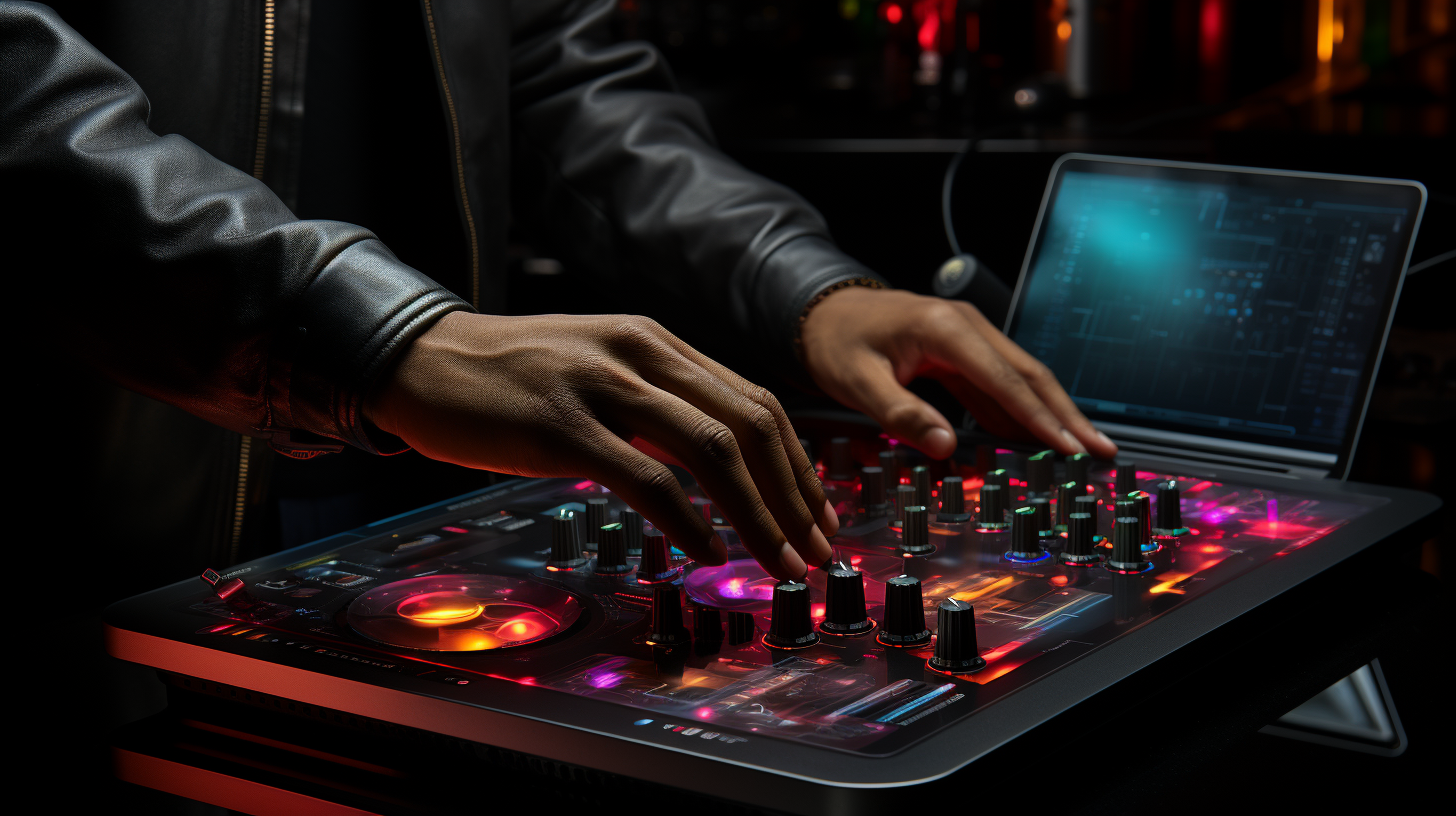Struggling with a tangle of cables holding back your DJ performances? Cut loose and go wireless with our guide to seamlessly integrating Bluetooth speakers with modern DJ controllers for supreme portable sound.
Connecting your controller and speakers via Bluetooth does demand adhering to compatibility requirements, navigating the pairing process, tweaking audio, and optimizing placement.
But once properly set up, DJs gain simple yet astounding flexibility. So let’s dive into the key steps for unlocking reliable wireless mixing capabilities using today’s Bluetooth technology.
How Do I Connect My DJ Controller to Bluetooth Speakers?

Connecting your DJ controller to Bluetooth speakers requires verifying both devices have Bluetooth support, initiating pairing to form the wireless connection, assigning the speakers as your audio output within DJ software, and adjusting settings like volume for best performance. We’ll explore the complete process in depth ahead.
Ensuring DJ Controller and Speakers are Compatible
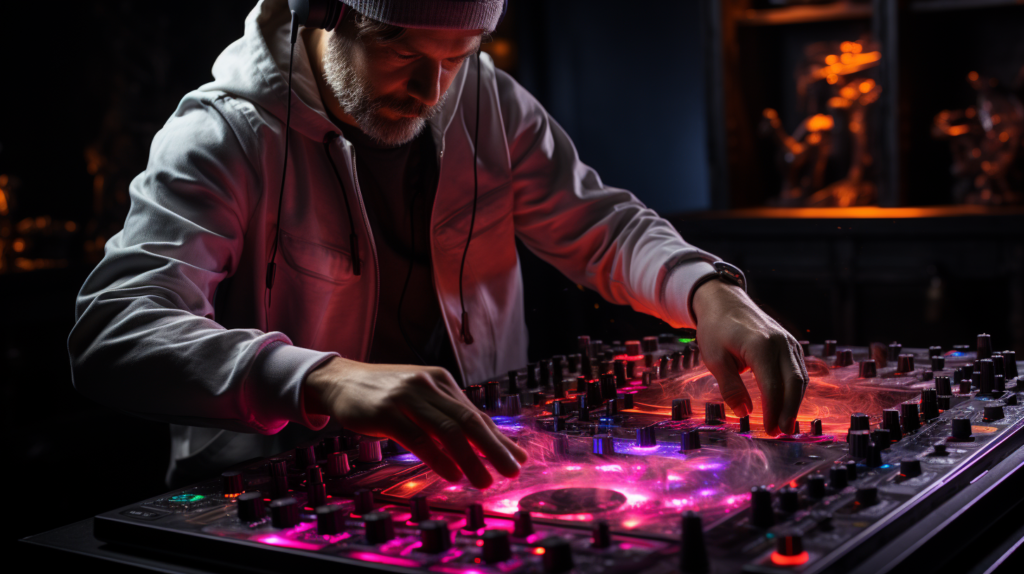
It is important to first ensure that your DJ controller and Bluetooth speakers are compatible and capable of being paired together. The first step is to check that your DJ controller actually has built-in Bluetooth connectivity and pairing capabilities. Many modern DJ controllers will have Bluetooth integration, but it’s wise to verify this by checking the product description and technical specifications listed by the manufacturer. You’ll want to confirm that the controller specifically lists Bluetooth as one of the provided wireless connection protocols.
If Bluetooth connectivity is confirmed for your DJ controller, the next key factor is making sure that the Bluetooth speakers you plan to use will support receiving an audio signal from the DJ controller. Check documentation and details from the speaker manufacturer to validate that the speakers have Bluetooth functionality for audio input, rather than just Bluetooth only for setup. Another key technical specification to check would be the audio codecs supported by both your DJ controller on the transmitting side and the Bluetooth speakers on the receiving end. You want to ensure the Bluetooth codec(s) encoded by your controller like aptX or AAC are also decodable on your speakers for proper audio transmission. Having incompatible codecs could prevent you from establishing a usable Bluetooth connection between the devices.
Pairing the DJ Controller and Bluetooth Speakers
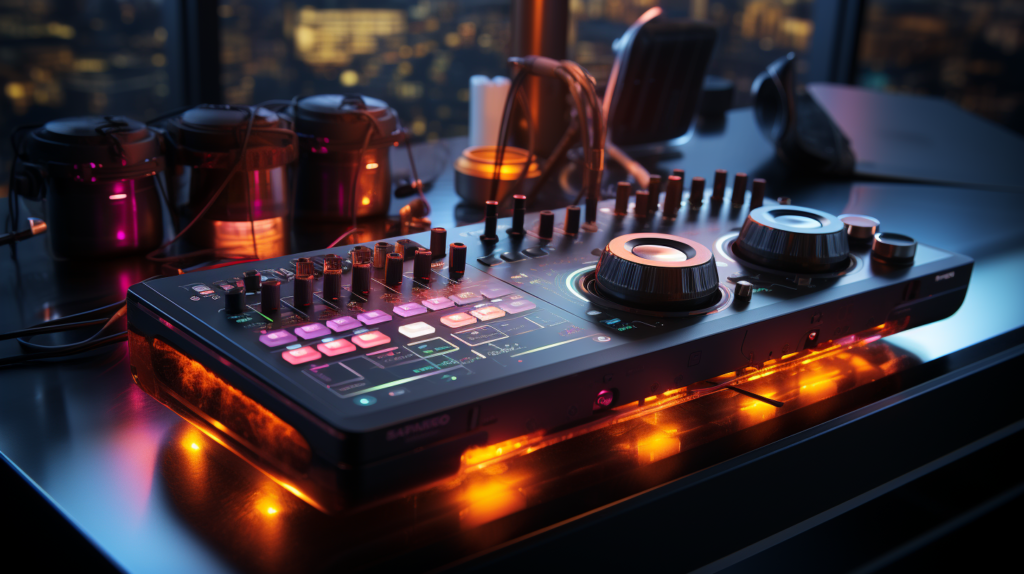
Once you have verified baseline compatibility, the next step is to pair your DJ controller and Bluetooth speakers. The pairing process allows the devices to establish a two-way Bluetooth wireless connection between one another. This requires both devices to be set into a discoverable pairing mode initially. Refer to the instruction manual and documentation for your specific Bluetooth speakers to find the proper method to activate pairing mode on them. Often times this is achieved by pressing and holding a pairing button on the speaker for a few seconds until an indicator light begins flashing. Just ensure the speakers are ready for pairing before proceeding.
After the Bluetooth speakers are in pairing mode, you can then initiate the Bluetooth pairing process from the DJ controller side. Access your controller’s settings menu and locate the options related to Bluetooth connections. From there, select the option to add or pair a new Bluetooth device. The controller will then start searching for discoverable Bluetooth devices in the nearby vicinity to connect to. Your Bluetooth speakers should appear in this list once detected by the controller. Select your specific speaker’s name from this list and the controller will send out a pairing code to establish a secure connection between each other. Both the controller and speakers should indicate once pairing is successful – speakers typically with a beep or change in LED colors from flashing to solid on.
Connecting DJ Software Through the Paired Bluetooth Link
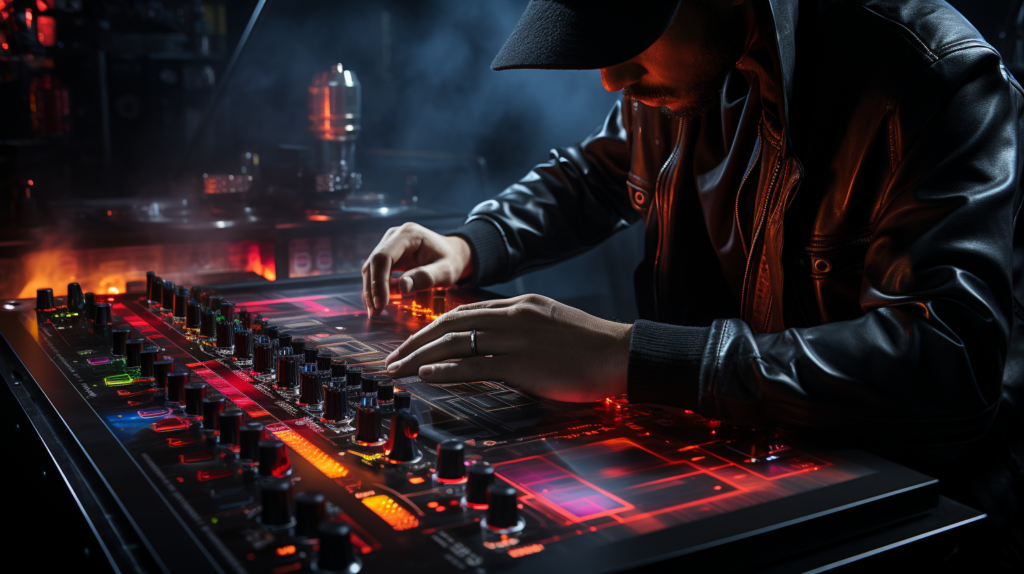
Now that a Bluetooth connection is established directly between your DJ controller and speakers, audio output can be routed to the speakers from DJ software running on your laptop. Launch your preferred DJ performance software like Serato DJ or Traktor on your computer. Just take note that the DJ software must specifically be compatible with your hardware DJ controller model for full integration. Once loaded, access the audio output settings within your DJ software. Rather than routing audio to your computer or controller outputs, you’ll want to switch this setting to output through your controller’s Bluetooth connection instead. The name of the paired Bluetooth speakers should be selectable as an audio output device option here. Choosing this will funnel the main mix audio from your DJ software through the controller and then out wireless to the connected Bluetooth speakers.
Adjusting Sound Settings for Optimal Audio Quality
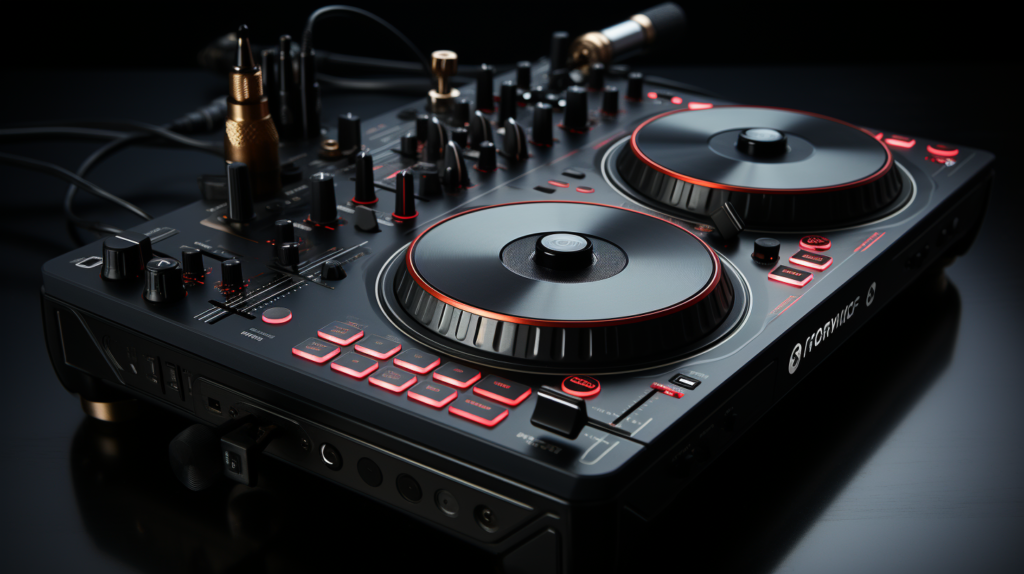
With audio output now assigned to the Bluetooth speakers, some adjustment to sound settings may be required to achieve the best balance and overall audio quality. Initially set the master volume output level on your DJ controller to about the halfway mark to leave appropriate overhead room. Adjust the channel faders and trim knobs for the individual decks to reach equal sounding volume on both when mixed together. If the Bluetooth speakers themselves also have independent volume controls, you would tweak them as well for sufficient overall loudness while avoiding distortion. Playback a few tracks monitoring how the audio sounds and make any volume tweaks needed across the various control points.
Beyond volume levels, the use of EQ adjustment knobs either on your DJ controller, DJ software, or the Bluetooth speakers themselves can also help dial in the sound signature you want. For example, boosting the low EQ slightly can compensate for weaker bass reproduction on bookshelf-style Bluetooth speakers. Just remember adjusting EQ impacts the entire frequency spectrum so apply only minor increments during tuning instead of drastic cuts or boosts which can degrade sound quality instead. The goal is achieving balanced EQ that provides the warmth, crispness and clarity aligned with your tastes. Monitor audio output with a few different genres to finalize EQ tweaks that work across various styles of music.
Considering Wireless Range and Interference Factors
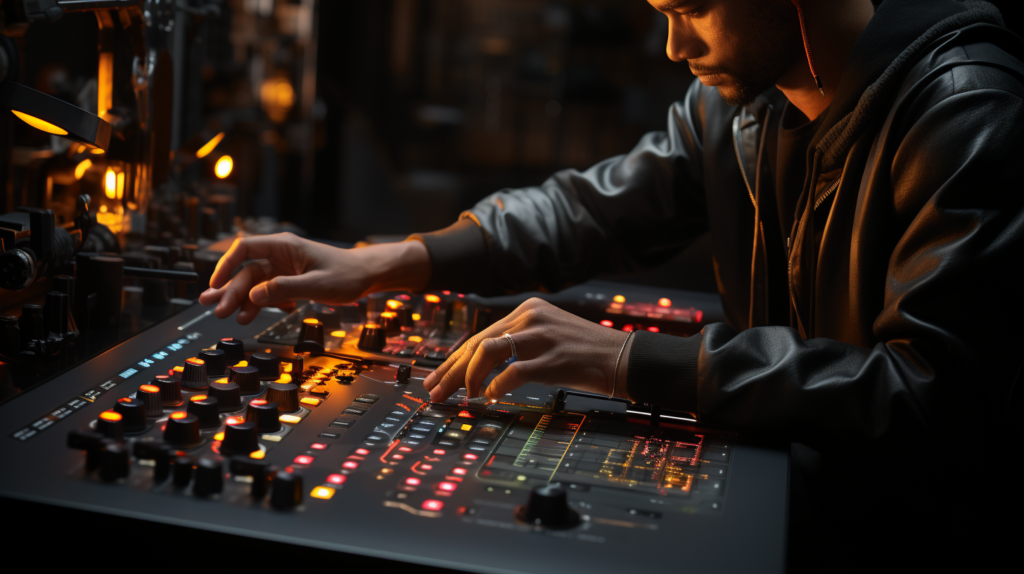
Since your DJ setup now relies on a wireless Bluetooth connection, physical placement and distance between the devices as well as potential interference warrants consideration. The effective wireless range for stable Bluetooth transmission varies hugely based on specifications of the transmitting and receiving device but roughly 30 feet line of sight is fairly standard. Walls, appliances and other solid objects can further hinder range and reliability as they obstruct signal pathways and introduce interference. Carefully position your Bluetooth speakers accordingly within viable range back to the DJ controller without obstructive obstacles between them for the most robust wireless performance.
Try to minimize other potential wireless interference in the performance space from devices like WiFi routers, smartphones, or Bluetooth keyboards as these all share frequency bandwidths with your DJ controller’s Bluetooth connectivity. The more congestion on the airwaves so to speak, the higher chance issues like audio dropouts may occur. Proper placement also means accounting for potential audio feedback. If speakers are positioned too closely facing DJ gear like turntables or microphones, you may encounter bothersome echo, reverb and feedback. Angle speakers away while still towards the audience area instead.
Managing Multiple Paired Device Connections
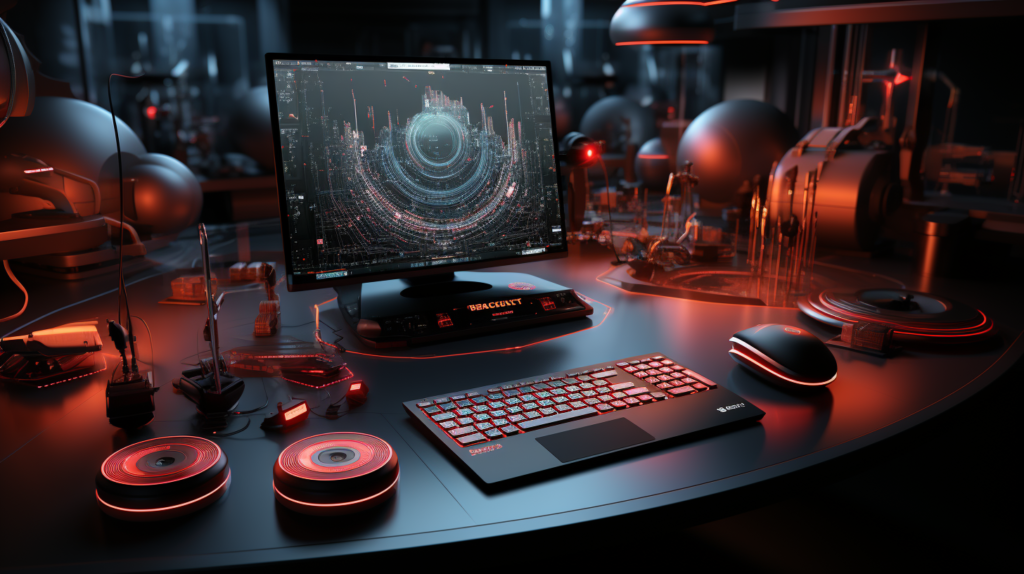
Depending on your specific model, your Bluetooth speakers may support pairing and reconnecting with multiple source devices over time. Some Bluetooth speakers can only be actively paired with one device at a time while others feature more advanced Bluetooth chipsets that allow simultaneously pairing with two or even three source devices. If planning to use the same speakers with other devices like smartphones or computers, refer to specs to understand limitations on concurrent Bluetooth connections to determine if managing connections is necessary. Switching between or sharing connections should be straightforward with common multipoint Bluetooth speakers. They will automatically reconnect to known paired devices that are powered on and within range.
For speakers supporting just a single pairing, you may need to manually disconnect from one device first before linking to another. Or some may have physical controls to easily toggle between the two or three saved pairings slots. No matter the limitations, completing the initial pairing process as outlined earlier allows the speakers and DJ controller to form a persistent relationship for quick connections again in the future. Powering on the controller or speakers should trigger this automatic re-pairing to the other device without needing to manually select from available devices or re-enter a passcode each time. Removing batteries, performing factory resets or exceeding pairing storage limits are about the only scenarios requiring repeating the full manual pairing process again down the road.
Conclusion
Connecting modern DJ gear like controllers to Bluetooth speakers certainly requires a few more steps compared to traditional hardwired audio connections. However, taking the extra time upfront to ensure compatibility, pair the devices, configure software, optimize audio, and set placement pays off with the tremendous flexibility of wireless performance and editing that results. Powered speakers combined with wireless connectivity gives DJs unmatched freedom to craft creative sets literally anywhere their gear and music can go. Just be sure to understand Bluetooth’s limitations should range or interference become problematic. In those cases, keeping wired connections as a backup allows the best of both worlds – mobility when needed with guaranteed reliability for critical environments. But when planned properly, today’s Bluetooth technology often proves more than capable of delivering studio-grade sonics worthy for professional mixing wirelessly.
